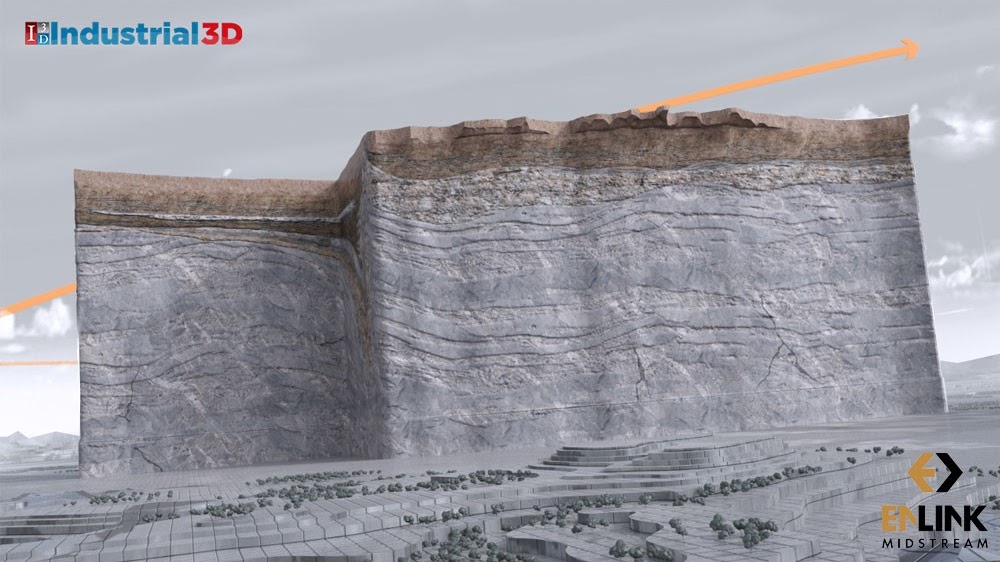Web Design Company
In the course on Advanced Body Mechanics, you will acquire the skills to effectively communicate your story to an audience using camera angles and composition. You will also gain proficiency in editing various shots to create a coherent narrative, and enhance your understanding of body mechanics to depict your characters running, jumping, and climbing.
Our comprehensive Core Character Animation Courses provide a structured educational program that covers a wide range of topics, starting from fundamental animation principles to the mastery of intricate character performance. Additionally, we extend the option of supplementary animation workshops to enrich and refine your skills.
Enhance your abilities under the guidance of an experienced professional in the field, and acquire the knowledge to produce animations reminiscent of beloved classics such as Looney Tunes. Immerse yourself in the works of master animators, and transition from initial 2D concept development to refined, captivating 3D animation experiences. Enroll at this time.



